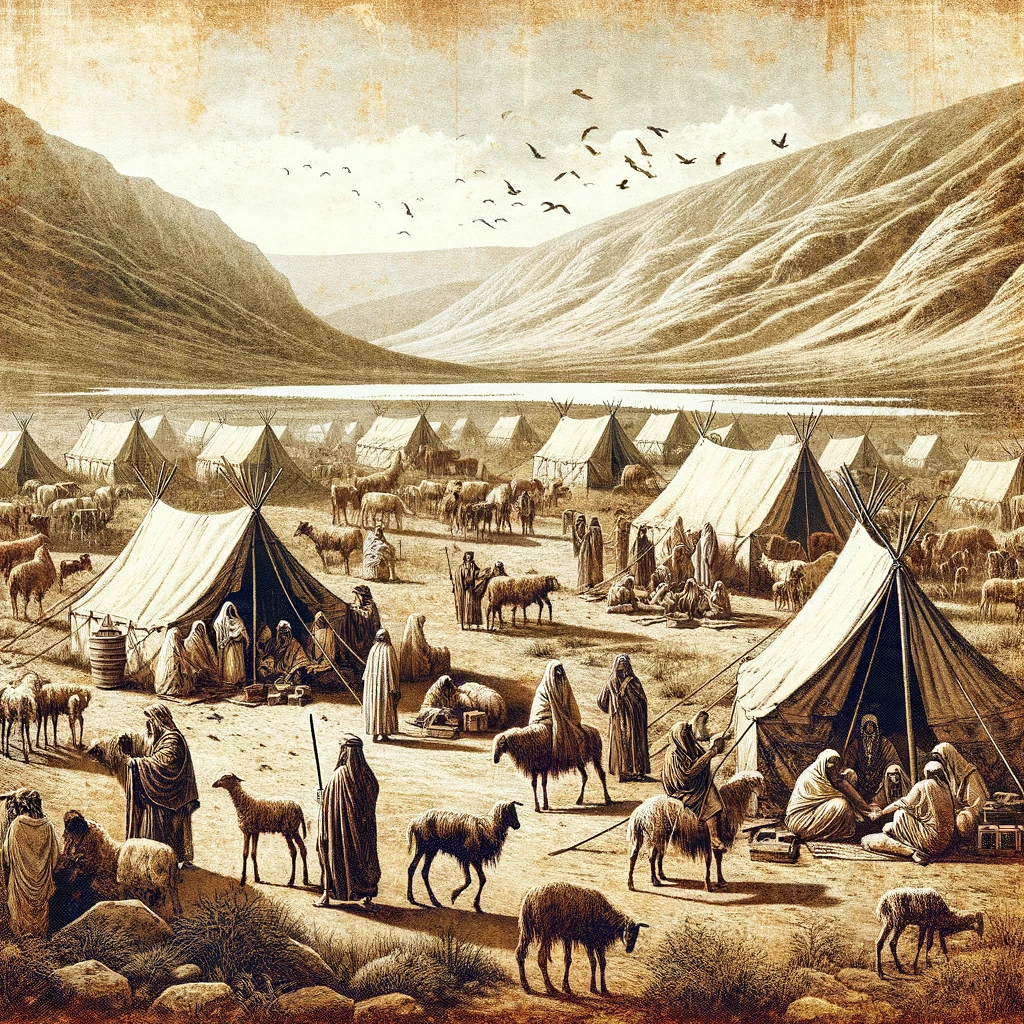Zarhites | זרחי (Hebrew) | Tribe

Etymology and Semantic Analysis of Zarhites The term “Zarhites” traces back to the Hebrew root ‘זרחי’ (Zarchi or Zarhi), directly linked to Zerah, a name meaning “dawning” or “rising of light.” The Zarhites were descendants of Zerah, one of Judah’s sons, making them a significant clan within the tribe of Judah. This etymological journey from […]
Youthful | νεανίας (neanias) | (is it noun)
Etymology and Semantic Analysis The English word ‘youthful’ is derived from the Old English ‘geoguð’, denoting the period between childhood and adulthood. In the New Testament, the Greek equivalent ‘νεανίας’ (neanias) is used, primarily signifying a young man or youth. This term appears in various contexts, often highlighting the vigor, vitality, and potential characterizing this […]
Dan | שֵׁ֖בֶט דָּ֑ן (Hebrew) | Tribe Name
Etymology and Semantic Analysis The name “Dan” originates from the Hebrew word “שֵׁ֖בֶט דָּ֑ן” (shevet Dan), literally translating to “tribe of Dan.” This term uniquely identifies one of the twelve tribes of Israel, named after Dan, the fifth son of Jacob and the first of Bilhah, Rachel’s maidservant. The word “Dan” itself means “judge” or […]
1501 AD Michelangelo begins work in the Sistine Chapel
Michelangelo Buonarroti (1475-1564), a towering figure in the world of Renaissance art, embarked on a monumental task in 1501 that would forever alter the course of artistic expression. His undertaking of the Sistine Chapel frescoes not only showcases his exceptional skill but also symbolizes an era marked by a profound appreciation for art and beauty. […]
Queen in the Bible | βασίλισσα (Greek) | Noun
Definition The English word “queen” denotes a female monarch or the wife of a king. In the biblical context, it often refers to a woman of significant power and influence. Various Translations In the King James Version, “queen” is consistently used, while other translations, like the New International Version, sometimes employ terms like “royal woman” […]
